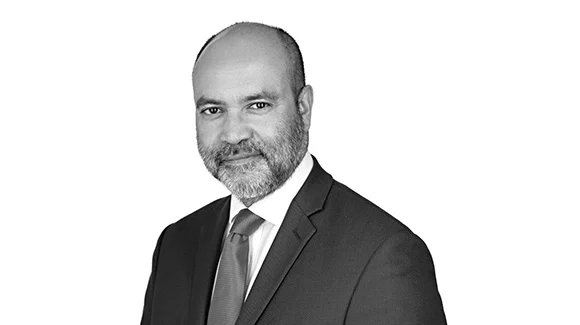As central banks such as the US Federal Reserve (Fed) battle to keep inflation under control and quantitative easing (QE) gives way to quantitative tightening (QT), rising bond yields are driving new enthusiasm for fixed income investment.
For BNY Mellon Investment Management’s Shamik Dhar the move away from the low inflation, zero interest environment which typified the post global financial crisis landscape signals a potential sea change in fixed income prospects.
“With markets seeing some of the highest bond yields in a decade the income side of the fixed income equation is back. While there is undoubtedly a lot of uncertainty and volatility out there, we believe both sovereign and investment grade credit look set to do well going forward,” he says.
“In the current market fixed income is looking like a good hedge again. It is delivering positive income with high ‘hurdle rates’ and if the market does take a turn for the worse, fixed income investors should see at least some capital gains out of their bonds.”
While market inflation and interest rate forecasts vary, Dhar expects interest rates to remain in positive territory in the longer term.
“We think there are good fundamental economic reasons to argue that real interest rates will remain positive and at the 1.5% to 2% level for the next decade at least. There may be some fluctuation as the economy goes through changing cycles but we do expect to see permanently higher real interest rates and nominal interest rates for the foreseeable future,” he adds.
AI advantage
Dhar identifies several potential tailwinds that could drive persistent inflationary pressures, keeping central bank interest rates at healthy levels and buoying global bond markets. His Global Economics and Investment Analysis (GEIA) team believes advances in artificial intelligence (AI) could prove a major spur to productivity and economic growth1.
“We see some serious economic growth potential in AI and believe we are on the cusp of a related productivity boom. Our forecasts predict this growth will likely rise by about 1.5 percentage points over the next decade on the back of widespread AI adoption. This, in turn, could drive global growth levels upward and higher growth tends to equal higher real interest rates,” he says.
As global economies continue to decarbonise and transfer resources from polluting capital to clean, Dhar also believes the world’s capital stock could see a massive transformation over the next 20-30 years with significant power to move markets.
While this may come largely though replacement investment – with ‘green’ capital replacing ‘dirty’ capital over time, he adds, the process will prove costly. This pressure on the cost of capital, he posits, could well lead to further upward pressure on real interest rates.
Deglobalisation trend
While Dhar acknowledges some factors, such as shifting demographics and economic volatility could push interest rates down, he believes climate transition costs, AI productivity gains and ongoing cost prices driven by globalisation should all feed into a fertile environment for higher interest rates.
“If we do continue to see higher underlying inflationary pressure driven by deglobalisation then, on balance, central banks will have to keep the nominal interest rate higher to deliver a given inflation target. There is also always the possibility they might have to raise the inflation target at some point in the future,” he adds.
While the macroeconomic picture looks comparatively healthy for many fixed income assets, Dhar notes recent market volatility and says investors should remain vigilant for sudden market change and potential central bank gear shifts.
“While the general outlook for fixed income remains positive, we do see some negatives and potential trip hazards in the market. Fixed income has been an unusually volatile asset class over the past six months, thanks largely to the ‘regime change’ in interest rates we have seen.
“Periods when central banks are tightening their belts and shrinking their balance sheets tend not to be that positive for equities or bonds. Hopefully the banks will continue to signal their intentions on rates and policy relatively calmly so that markets can make progress. But any sudden movement or change in direction could be a potential trip hazard investors should keep an eye out for. Inflation isn’t beaten yet,” he concludes.



